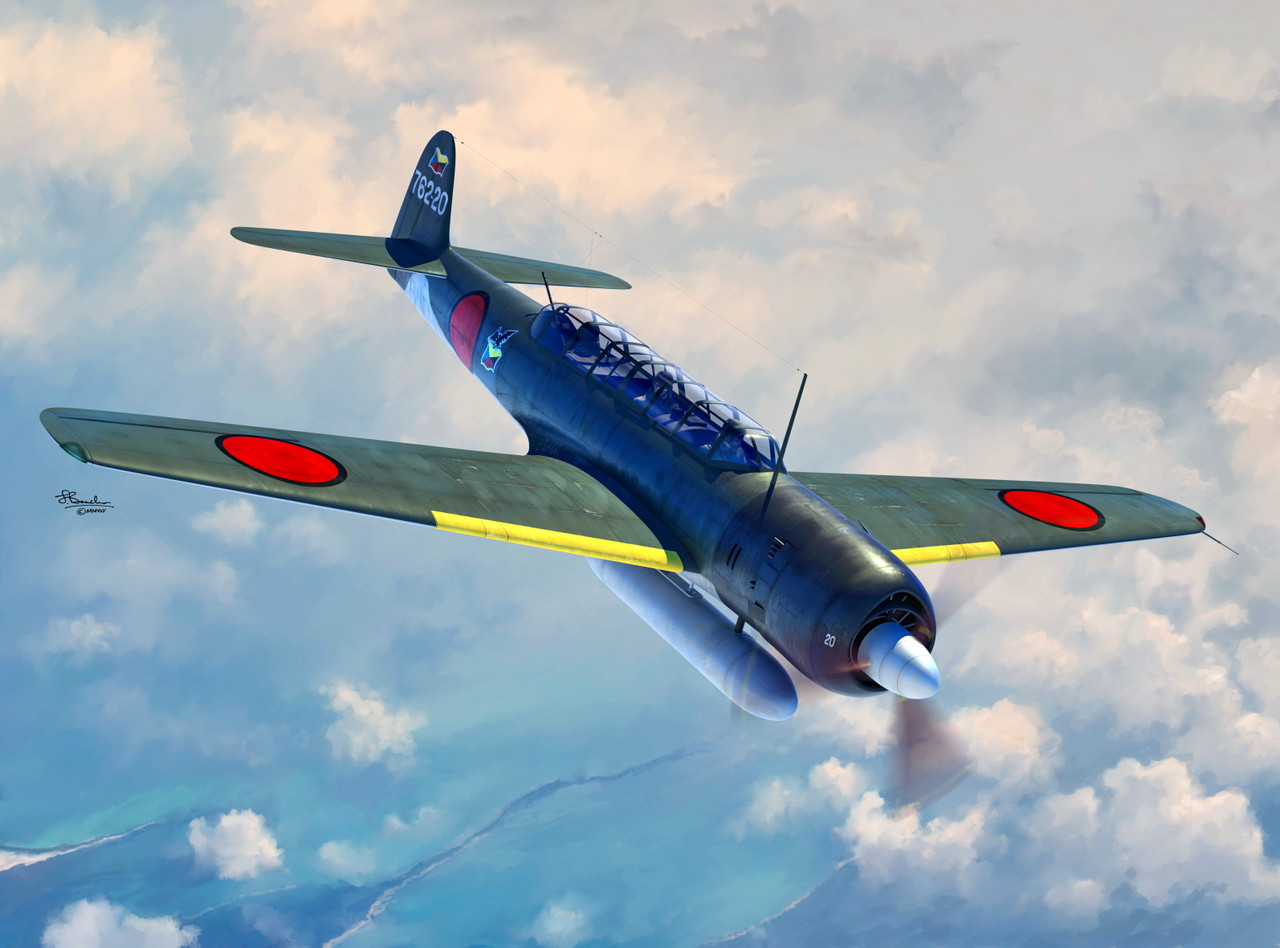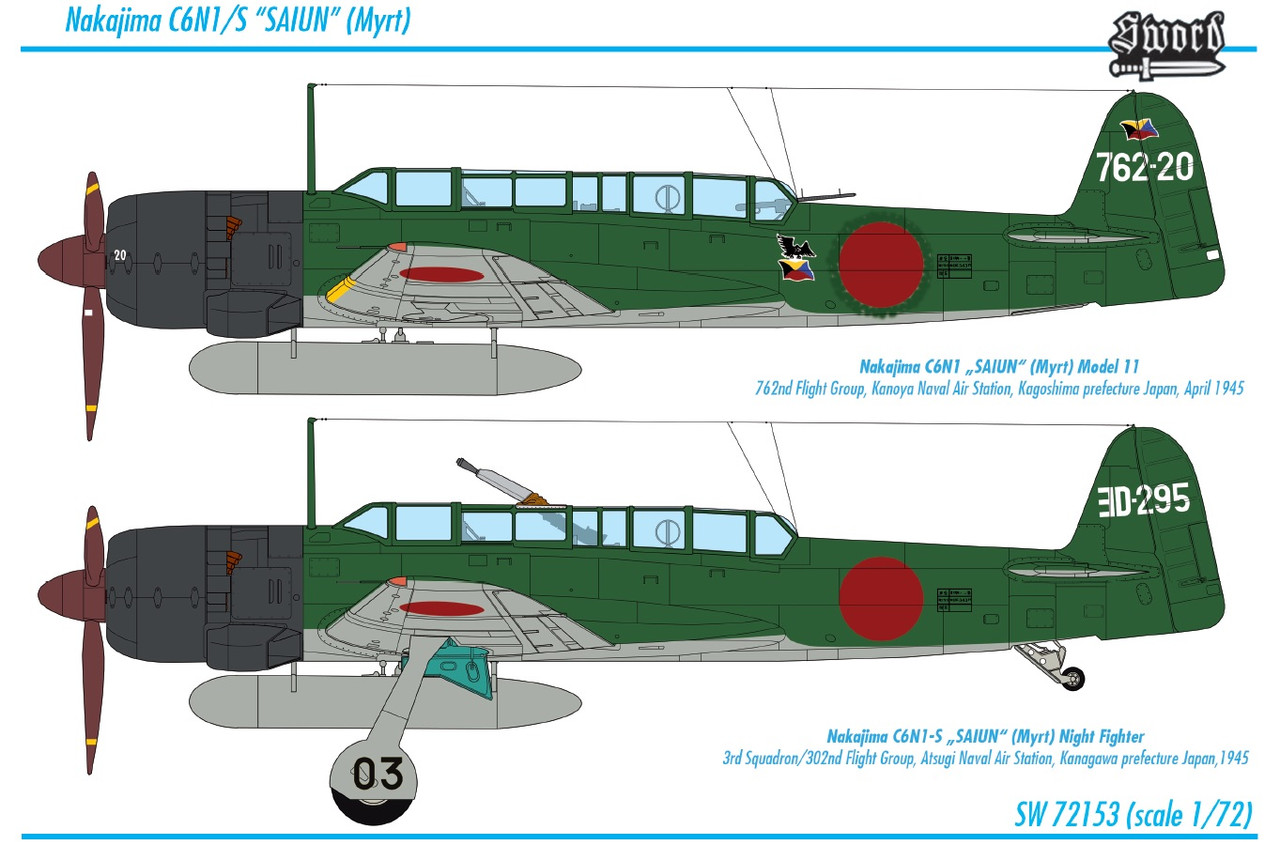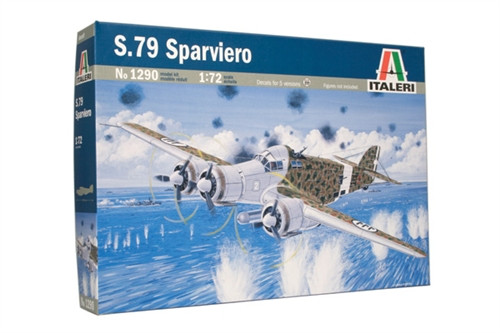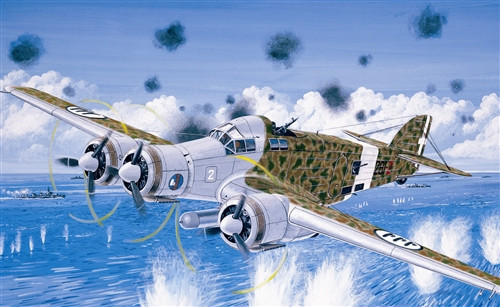Product Description
The Nakajima C6N1 Myrt was an advanced Japanese carrier-based reconnaissance aircraft developed during the later years of World War II. Known to the Japanese as the Saiun (meaning “Iridescent Cloud”), the C6N1 was designed to be fast enough to evade interception while performing long-range photo-reconnaissance over enemy fleet movements and installations.
One of its most remarkable features was its speed—thanks to its powerful Nakajima Homare radial engine and streamlined design, it was capable of reaching around 390 mph (630 km/h), making it the fastest carrier-capable aircraft Japan fielded during the war. Its performance was so high that it could outrun most Allied fighters at the time of its introduction. The aircraft had a sleek, narrow fuselage, long wingspan, and a tandem-seat configuration, with a pilot and an observer/gunner. The rear observer’s position typically housed a single defensive machine gun, though the aircraft’s primary defense was its speed.
Although intended for carrier operations, like many late-war Japanese aircraft, the C6N1 saw most of its service from land bases due to the crippling losses suffered by Japan’s carrier fleet. It served with distinction in its reconnaissance role, providing valuable intelligence for fleet movements and B-29 bomber activity over the home islands. Some versions were later adapted for night-fighter duties (as the C6N1-S), though with limited success.
The C6N1 was a technical achievement, offering exceptional performance and range in a sleek, efficient airframe. However, like many advanced Japanese designs, it arrived too late and in too few numbers to significantly alter the course of the war.






